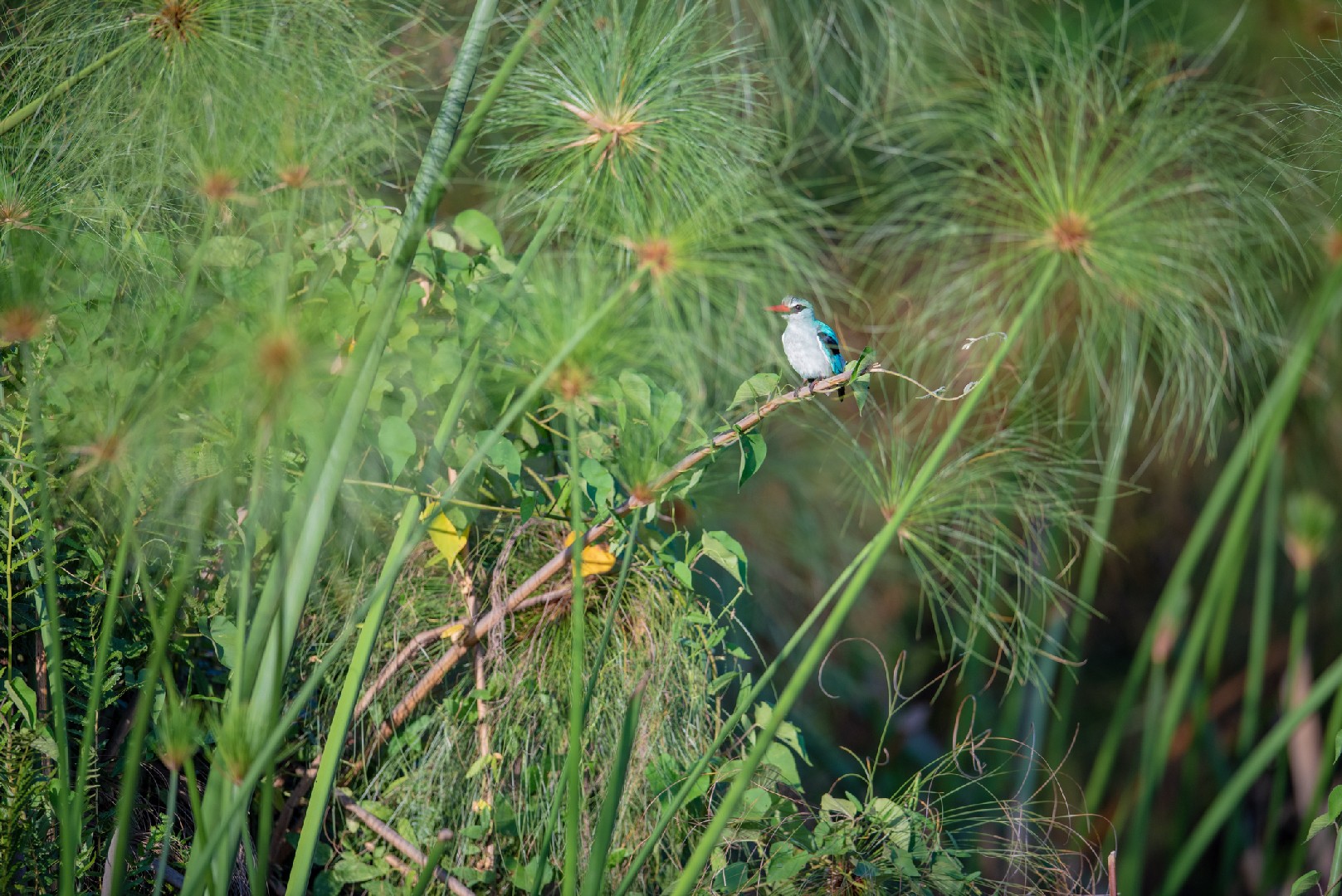![Rectangle]()
Laying Down the Basics: Birdhouses and Feeders
Birdhouses and feeders are essential elements for creating a bird paradise in your garden. Not only do they provide a safe and comfortable space for birds to nest, but they also attract a wide variety of bird species, making your garden a hub of avian activity.
When it comes to birdhouses, it is important to understand the needs and preferences of the local bird species. Different birds have different requirements in terms of entrance hole size, cavity depth, and nesting materials. By choosing the right birdhouse design, you can ensure that it is attractive and suitable for the birds in your area.
One key factor to consider when selecting a birdhouse design is the size of the entrance hole. Smaller birds, such as chickadees and wrens, prefer smaller entrance holes to keep out larger, more aggressive birds. On the other hand, larger birds, like bluebirds and purple martins, require larger entrance holes to accommodate their size.
Along with size, the depth of the cavity is also crucial. Some birds prefer shallow cavities, while others prefer deeper ones. A good rule of thumb is to provide a nesting cavity that is about 6-8 inches deep. This allows for adequate space for the birds to build their nests and raise their young.
Choosing suitable bird feeders is equally important for attracting feathered friends to your garden. Different types of feeders cater to different bird species and feeding habits. Tube feeders, for example, are great for attracting small perching birds like finches and sparrows. They can be filled with different types of seeds, such as sunflower seeds, thistle seeds, or a mix of seeds.
Platform feeders, on the other hand, are ideal for larger birds like cardinals and jays, as well as ground-feeding birds like doves and towhees. These feeders have a flat platform where birds can easily access the food. They can be filled with a variety of seeds, nuts, or even fruits.
In addition to selecting the right feeders, choosing the correct type of feed is essential. Different bird species have different dietary preferences. Some prefer seeds, while others prefer insects, fruits, or nectar. By providing a diverse range of bird feed, you can attract a greater variety of species to your garden.
To sum up, when designing a bird paradise in your garden, it is important to lay down the basics of birdhouses and feeders. Understanding the needs of the local bird species and selecting suitable designs and feeders will not only attract a wide array of feathered friends but also provide them with a safe and nourishing environment. So, go ahead and create your own bird paradise and enjoy the delightful presence of birds in your garden!





